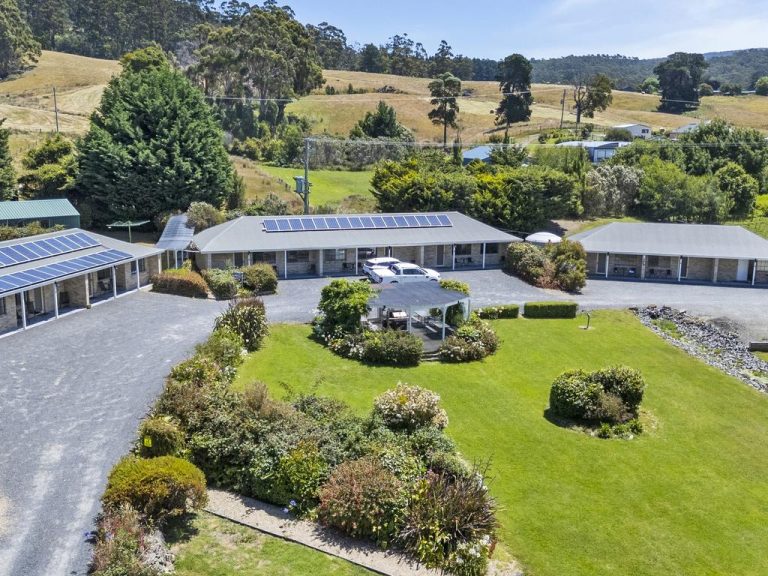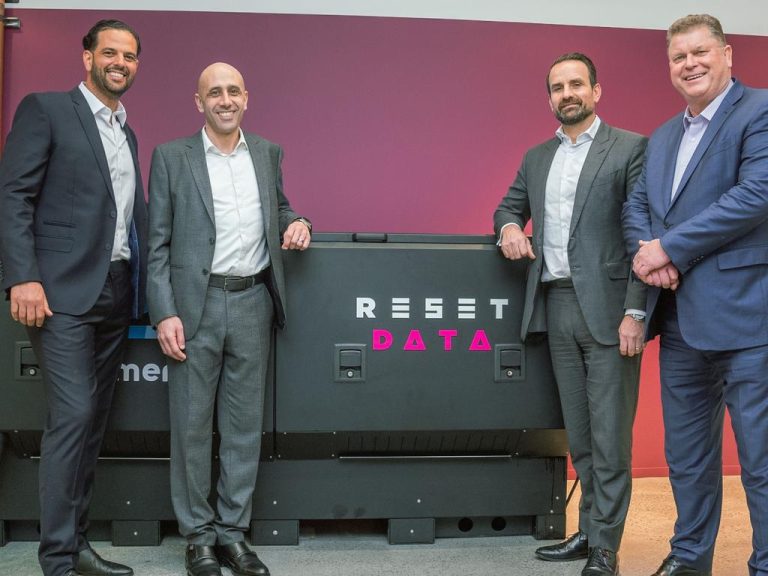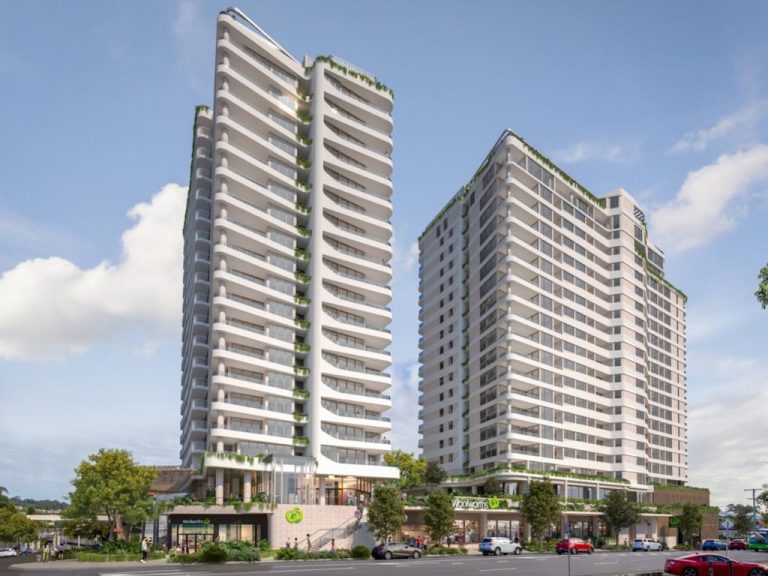Dark supermarkets: The grocery stores you’ll never step foot in
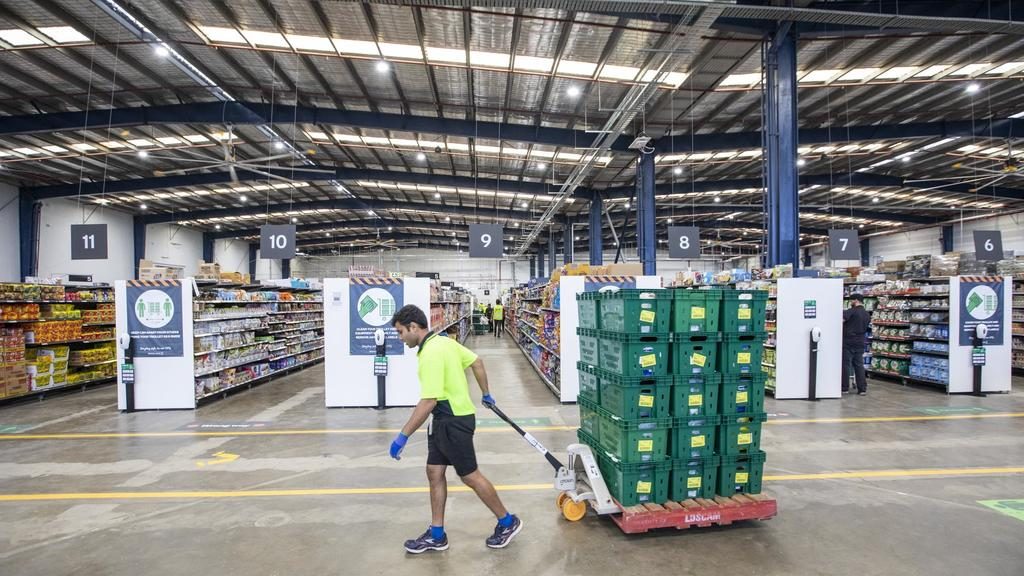
You will never step foot inside them. But if you purchase groceries online, you may have used one without even being aware of it.
Dark supermarkets, also known as ghost supermarkets, are physical locations designed exclusively to fulfil online grocery orders in lieu of the traditional in-person shopping experience.
Unlike conventional supermarkets, they are not open to the public. Instead they are dedicated spaces where employees can efficiently pick and pack online orders to maximise speed and accuracy.
By separating order fulfilment from traditional retail spaces, dark stores enable retailers to optimise their supply chain and meet the growing demands of online shoppers.
“They’re obviously not physically dark, just hidden away from shoppers,” said Dominic Sorbara, executive director of property at TMX Transform.
“The terminology actually derives from the old automation concept of something that’s unmanned.”
One of their key advantages is the ability to offer a wider selection of products compared to traditional stores, he said.
“Since they aren’t constrained by limited shelf space or product display considerations, retailers can stock a more extensive inventory and cater to a broader range of customer preferences.”
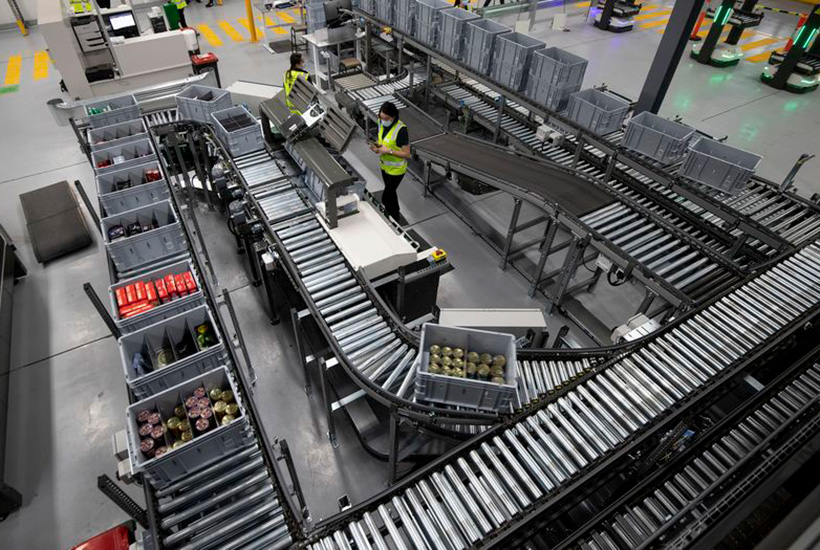
Dark supermarkets and fulfilment centres are becoming a strategic play for large supermarkets as online shopping becomes mores important to consumers. Picture: Woolworths/Knight Frank
And while the dark supermarket has emerged as a hot button topic in recent weeks, the concept itself is nothing new within in the e-commerce landscape.
In fact, both of the two major Australian grocery chains, Coles and Woolworths, have been operating in the dark market sector for more or less the last decade.
Coles opened its first online-only dark store in inner-city Melbourne back in 2016 after Woolworths launched a similar store in Sydney in 2014.
The big players
In Australia, the dark grocery market is almost exclusively engaged by the two major grocery retailers and, to a smaller extent, Amazon.
“That’s because they’re the only ones big enough to afford it,” said Peter Blade, head of industrial at JLL Western Sydney.
“It’s definitely the domain of the big boys. Obviously smaller chains can’t compete because of the cost prohibitive factors associated with infrastructure,” Mr Blade explained.
It wasn’t so long ago that the dark model was deemed an unprofitable enterprise, even for the big chains, only finding favour in the last five years after Covid changed the game for online grocery shopping.
“Penetration rates finally got to the point where they doubled from around 7% to 15% over the Covid period, which allowed the online grocery model to finally become viable,” explained Mr Blade.
Dark 2.0: The customer fulfilment centre
While successfully filling a gap in the market, dark supermarkets also present their own unique challenges in the form of high costs and the shrinking availability of urban retail locations.
As such, the big retailers have found alternatives to ensure faster delivery and increased profitability.
Enter the micro fulfilment centre; a dark supermarket in the form of a small-scale warehouse situated in a city fringe location.
“These customer fulfilment centres, or micro fulfilment centres, have only really started to be implemented in the last 24 months, having been fast-tracked off the back of Covid,” Mr Sorbara said.
“So what we’re seeing now is a massive push from Coles and Woolworths to these facilities in an effort to secure faster product pick rates and order fulfilment.”
“But that can’t be accomplished by humans alone.”
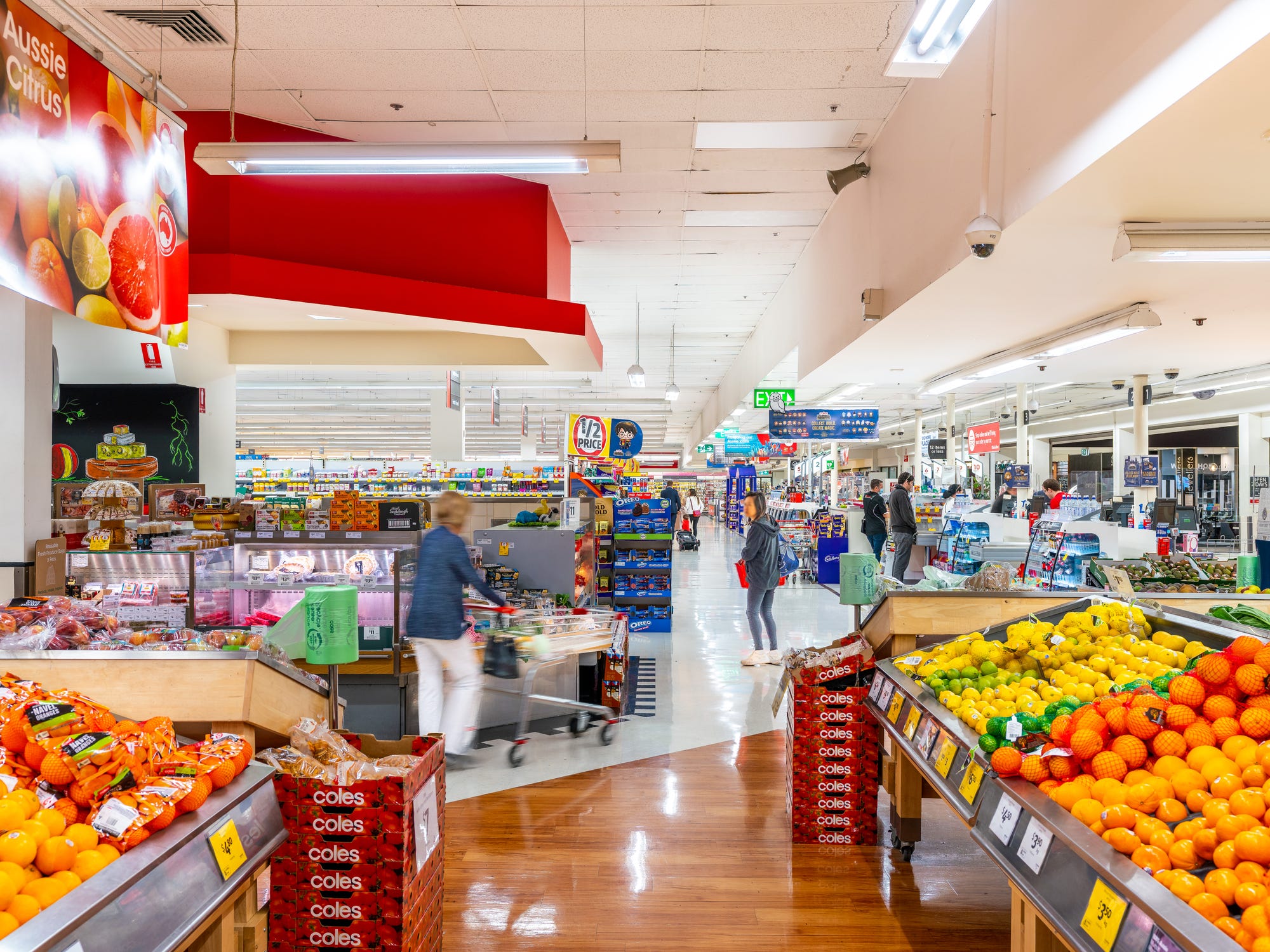
Unlike a traditional grocery store, dark supermarkets aren’t accessible to the public. Picture: realcommercial.com.au
In order to guarantee profitability, scalability and sustainability, the application of technology is slowly becoming paramount to the success of the customer fulfilment centre.
“These facilities are typically heading towards automation because they need to be able to pick out a customer’s order within a rather quick set period of time,” said Mr Sorbara.
Peter Blade, however, believes it will still be some time before they become fully automated.
“I think they will remain hybrid for a while because smaller pick items can still be challenging for these automated systems”
Location is key
As is the case with most retail businesses, the online grocery delivery model is only workable if there is a population to demand it.
“You need population density and volume to make investment these CFCs viable, which is why in Australia we’re only seeing these centres so far in cities like Sydney and Melbourne,” Mr Blade explained.
“Even Brisbane’s catchment is probably a tad cost prohibitive at the moment.”
Proximity is also paramount, with the major retailers seeking out locations on Sydney’s industrial fringe that have good connectivity to arterial roads.
“These retailers are no longer fulfilling a dark store anymore, but directly to a person’s home, which is why we’re starting to see the emergence of these fulfilment centres in key ring nodes,” explained Mr Sorbara.
Coles is currently building fulfilment centres in the western suburbs of Homebush and Wetherill Park, the latter of which is a highly automated, 30,000-square-metre operation servicing Greater Western Sydney up and down the M7 corridor.
“And while Amazon is not a completely dark scenario yet, they’re certainly building in highly dense populated areas too,” explained Mr Blade. “It’s all about access to the greatest population as quickly as you possibly can.”
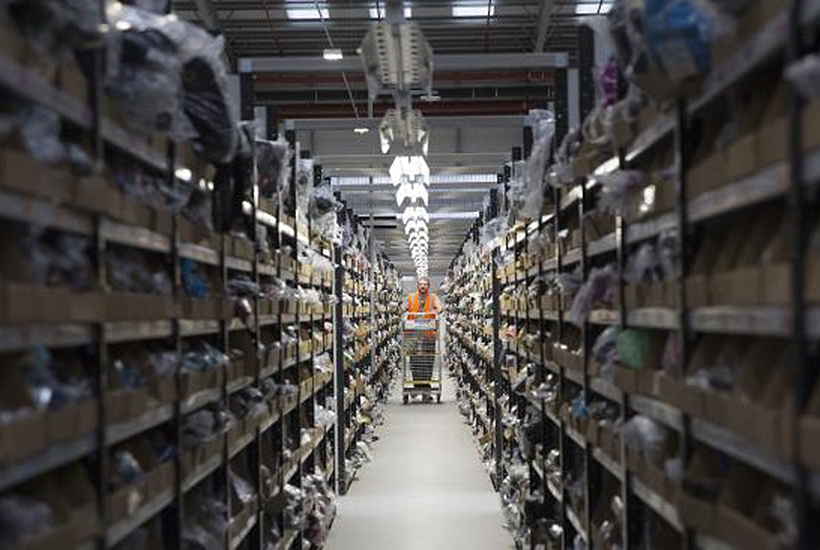
An employee pushes a cart as he processes a customer order ahead of shipping at one of Amazon’s fulfilment centres. Picture: Simon Dawson/Bloomberg
Dominic Sorbara said both Coles and Woolworths are also eyeing fulfilment centres both in some city fringe locations.
“Many of these micro fulfilment centres are being placed in brownfield development sites,” he explained.
“Coles have undertaken one with Charter Hall in Alexandria, which is a multi-level facility, and Woolworths have undertaken one in Auburn at a site they just purchased.”
Supply issues and logistical headaches
With the Industrial commercial property sector remaining tight in Melbourne and Sydney, grocery retailers are facing an undersupply of industrial space for their customer fulfilment centres.
“The demand for commercial property across the eastern seaboard is always high,” Mr Blade noted.
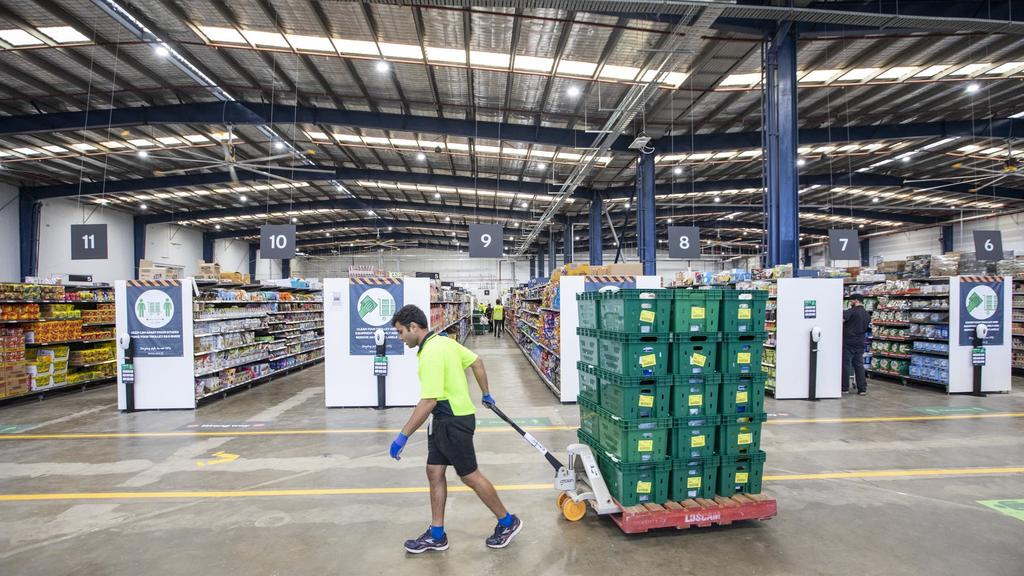
Woolworths customer fulfilment centre in Lidcombe, Sydney. Picture: Dallas Kilponen/Woolworths
Though a more pressing issue these companies are facing is poor network infrastructure.
“Planning in Sydney is absolutely shot, which is probably one of the biggest bug bears for Coles and Woolworths, while also a barrier to entry for other potential players,” Mr Sorbara said.
Peter Blade agrees.
“The failure of town planning is causing delays in delivery and that is paramount to what these companies are trying to achieve,” he said.
“Land release areas in Western Sydney catchments like Badgerys Creek – which are perfect for more fulfilment centres – are also being delayed due to either the failure of current infrastructure or failure to deliver future infrastructure.”
Is the future dark?
Today’s fast-paced lifestyle coupled with the demand for greater convenience has fuelled the rise of dark stores and customer fulfilment centres, but the future is still to be determined.
“We’re still at the infancy stage with all of this, particularly with automation and whether it can remain viable and not become outdated,” said Peter Blade.
“I think in two or three years-time, there will be more data to lean into that will give a clearer view of the path ahead.”
“I don’t think anyone has a hundred percent nailed it yet, but clearly Coles and Woollies and the Amazons of the world are certainly on the journey.”

